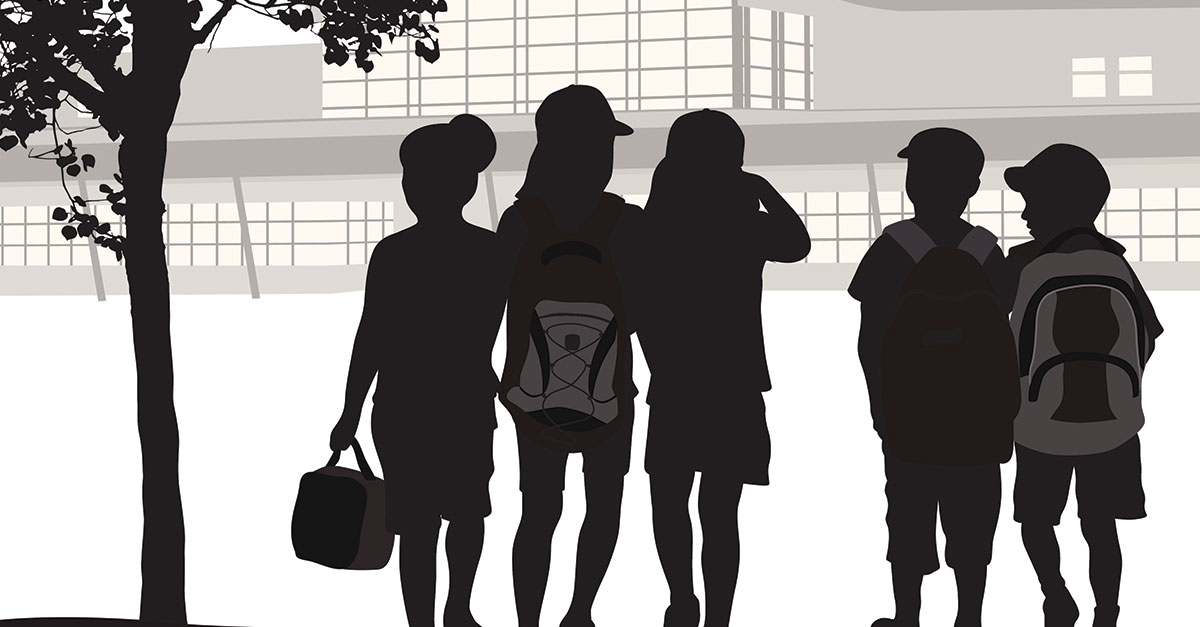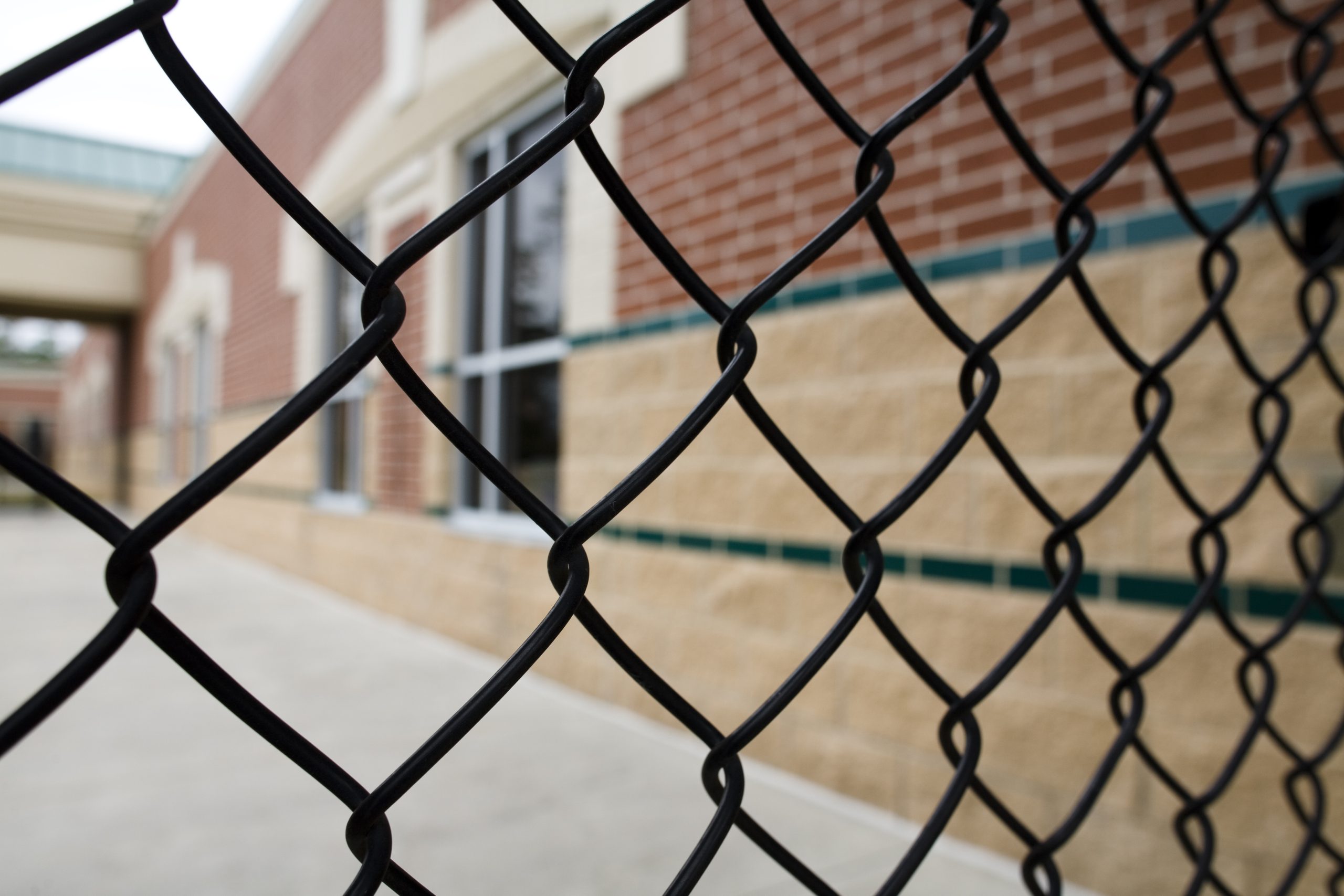Student arrest rates double when police are on school sites, often impacting minority youth and students with disabilities, according to a report released on July 8 by the U.S. Government Accountability Office.
The report, K-12 Education: Differences in Student Arrest Rates Widen when Race, Gender, and Disability Status Overlap, found that arrests were more likely when police were involved in student discipline in the 51 percent of schools that had police present at least once a week.
“In recent years, there has been considerable public debate about the role of police in schools and the balance between protecting students and staff from harm versus negative effects such as how certain students have sometimes been treated differently by police,” wrote Jacqueline Nowicki, GAO director of Education, Workforce and Income Security Issues. “Concerns about inequitable treatment have led some school districts to reduce police presence in schools while concerns about student safety, such as school shootings, have led others to increase police presence in schools.”
The report highlights recently completed investigations, including one in which a California district was found to have engaged in disparate treatment that violated Title VI of the Civil Rights Act of 1964 by disciplining Black students more frequently and more harshly than white students in similar situations. The district also placed school police and campus security officers only at schools with larger shares of Black students.
The U.S. Department of Education identified concerns regarding a pattern of disparate disciplinary actions involving school police that imposed greater harm to Black students. For example, Black students were disproportionately pepper sprayed, lost learning time due to exclusionary policies and received law enforcement citations that required them to appear in juvenile court, sometimes for minor infractions, such as littering.
In a separate investigation of a Florida school district, the Education Department found staff engaged in disability discrimination under federal law by routinely relying on suspensions and referrals to law enforcement in response to students’ disability-related behaviors that it should have addressed through proper behavioral interventions and supports.
Such findings were not unique to these local educational agencies.
The GAO found that school-based arrest rates for Native Hawaiian/Pacific Islander, Black and American Indian/Alaska native students were two to three times higher than white students. Despite accounting for a combined 17 percent of the student population, these student groups made up around 34 percent of students arrested. Black and American Indian/Alaska Native students also had rates of referral to police that exceeded the average for all students.
Students with disabilities served under the Individuals with Disabilities Education Act had more than double the rate of arrests and referrals compared to their peers without disabilities. Specifically, students with disabilities who had an Individualized Education Program (IEP) were arrested and referred to police at more than double the rate of those without disabilities. Students with disabilities that received only 504 services were arrested and referred to police around 1.5 times the rate of those without disabilities.
504 services include regular or special education and related aids and services that an eligible student receives for a mental or physical impairment, including accommodations for extended time on tests, modified textbooks or audio-video materials, or occupational or physical therapy.
And, the report states, “when students belonged to more than one of these groups, they experienced even higher rates.”
To reduce disparities among student groups, the GAO recommended the Education Department also collect arrest and referral data for students with disabilities served under Section 504 of the Rehabilitation Act of 1973, among other changes.
GAO officials reported using the 2017–18 Civil Rights Data Collection (CRDC) from the U.S. Department of Education to compare the rates for different subgroups of K-12 students who were arrested nationwide because, although more recent CRDC statistics from the 2020–21 school year are available, data from that year are impacted by low rates of in-person learning due to the pandemic.





